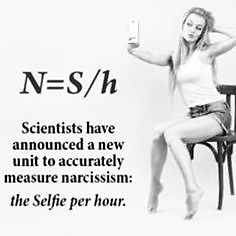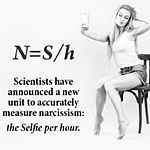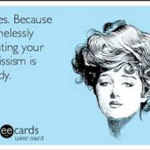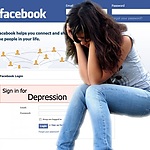Most of you will probably have Facebook. Facebook can be used in multiple ways: you could tell people you went on vacation, tell all your friends about your diploma or show your new haircut. You can even invite a group of friends to join a festival or invite people to your birthday. There is however another side to all of this. Let’s call it the dark side of Facebook. The dark side of Facebook consists of several social and societal risks which should be considered in a risk analysis.
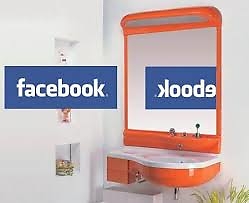
Facebook has increasingly become attached to our self-esteem, in a way it is our modern mirror.
The difference between this mirror and an ordinary one is that Facebook gives people a chance to present themselves in the most favourable way possible. This on its own is not a bad thing. However it creates some problems: one the one hand narcissism and on the other hand depression.
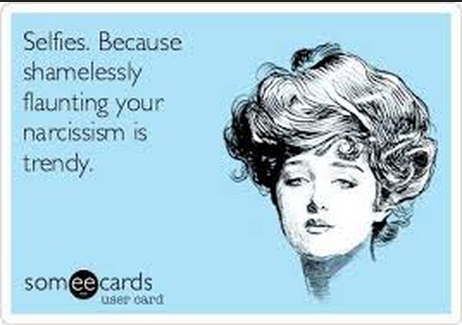
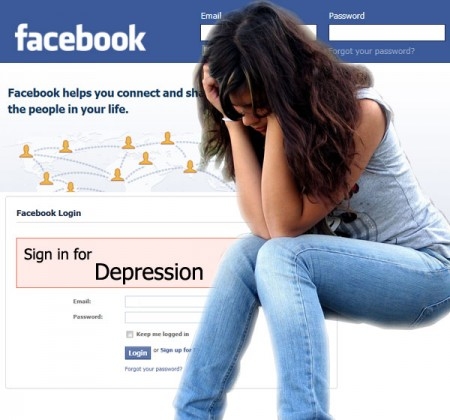
These examples show that social effects of Facebook could be severe. Social risks such as these must be considered in the risk analysis of Facebook. Social risks such as these can have a severe impact on multiple stakeholders. Two of those stakeholders are: Firstly the individual such as Amy, having to deal with the consequences on a daily basis. And secondly Facebook, which risk consists of reputational damage and potential legal risks in the form of lawsuits. Now considering all these risks I think that the legal and reputational benefits of avoiding damage will outweigh the costs of preventing the problem when including a cost-benefit analysis. It will be in Facebooks best interest to prevent potential harm and include social risks in the risk analysis.
List of References.
Kauten, R. L., Lui, J. H. L., Stary, A. K., & Barry, C. T. (2015). “Purging my friends list. Good luck making the cut”: Perceptions of narcissism on Facebook. Computers in Human Behavior, 51, 244-254. doi:10.1016/j.chb.2015.05.010.
Pantic, I., Damjanovic, A., Todorovic, J., Topalovic, D., Bojovic-Jovic, D., Ristic, S., Pantic, S.(2012) Association between Online Social Networking and Depression in High School Students. Psychiatia Danubina, 24, 90-93.

